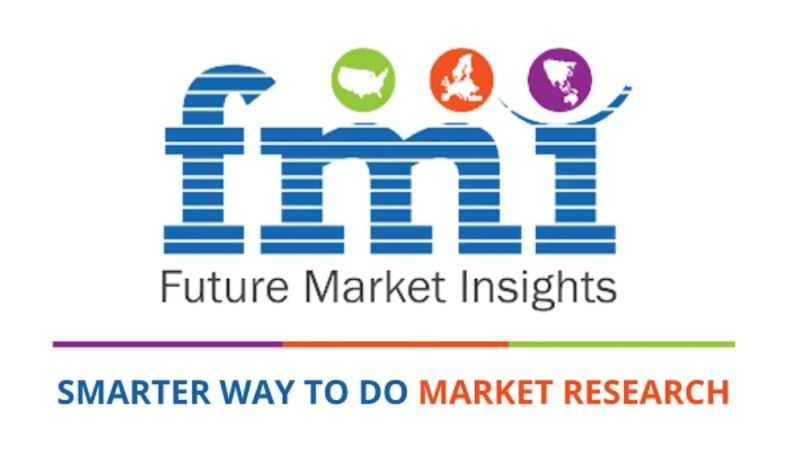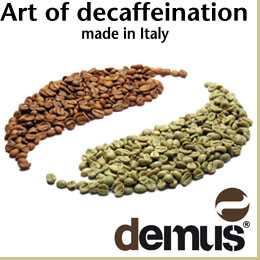PUNE, Maharashtra, India – Future Market Insights’ recently published E-book: Global Sustainable Packaging: Industry Outlook 2023-2033. This E-Book features a variety of topics such as Investable markets within sustainable packaging, Adoption of Sustainable Packaging in different industries, Competitive Positioning for Key Tiers of the ecosystem, Top deterrents for sustainable packaging from a consumers perspective and More.
As the world becomes more environmentally conscious, businesses are starting to rethink their packaging methods. Sustainable packaging is becoming increasingly popular, as companies strive to reduce their environmental impact while still delivering high-quality products.
Sustainable packaging refers to the use of materials and designs that reduce environmental impact and encourage circularity. The market has seen significant growth in recent years, driven by increased consumer awareness and government regulations.
It is an important step towards a more environmentally conscious future. By adopting sustainable packaging solutions, companies can reduce their environmental impact, save money, and improve their brand image. As consumers become more environmentally aware, sustainable packaging will become increasingly important in the market, and companies that prioritize sustainability will be better positioned for success.
The primary objective of sustainable packaging is to reduce the environmental impact of packaging materials throughout their lifecycle, from production to disposal. Sustainable packaging aims to minimize the use of non-renewable resources, reduce waste, and lower greenhouse gas emissions. It also seeks to improve the recyclability and compostability of packaging materials, and promote the use of renewable and biodegradable materials.
Sustainable packaging aims to create a closed-loop system by reusing, recycling, or composting packaging materials instead of sending them to landfills or littering the environment. This approach aims to meet the needs of the present without compromising the ability of future generations to meet their own needs. The sustainable packaging market is expected to experience significant growth in the future, driven by several factors such as rising awareness among consumers and businesses about the environmental impact of traditional packaging materials.
In addition, the need to reduce waste and increase recycling rates is another significant factor likely to create opportunities for the growth of the sustainable packaging market during the forecast period of 2023-2033. Many governments and organizations have set targets to reduce waste and increase recycling rates, and sustainable packaging is a critical component of achieving these objectives.
What are the Prospects for Sustainable Packaging Market?
The sustainable packaging market has been witnessing a huge growth, attributed to the increasing demand for environmentally friendly products, government regulations, and the business benefits of sustainable packaging. Some of the major factors behind the market growth include:
Governmental Regulations
Consumers are becoming more aware of the environmental impact of packaging and are seeking out products with sustainable packaging options. In addition, the governments around the world are implementing regulations to reduce waste and encourage the use of sustainable packaging. This will create opportunities for sustainable packaging companies that are able to meet these regulations and provide solutions that meet environmental standards.
For instance, in 2019, the European Union adopted a directive that bans the use of certain single-use plastic items, such as straws and cutlery, and sets a goal of having all plastic packaging on the EU market recyclable or reusable by 2030.
Subsequently, in 2018, China implemented a new policy called National Sword that restricts the import of many types of waste, including plastic. This has forced many countries to find new solutions for their waste management, including investing in more sustainable packaging options.
Moreover, in 2018, India’s Ministry of Environment, Forest and Climate Change introduced new rules aimed at reducing plastic waste, including requiring manufacturers to collect back a certain percentage of the plastic they produce and mandating the use of certain types of biodegradable plastic.
Technology Advancements
As technology continues to evolve, new and more sustainable packaging materials will become available. This will help to drive growth in the sustainable packaging market as companies adopt these new materials to meet consumer demand and environmental regulations. Some of the technological advancements include, smart packaging, biodegradable and compostable materials, recyclable and recycled materials, light-weight packaging, and reusable packaging.
Smart packaging is one of the technological advancements in sustainable packaging, that uses sensors and other technology to monitor the freshness and quality of products, which can help to reduce food waste. This technology can also help to optimize supply chain management and reduce the carbon footprint of transportation.
In 2013, Sealed Air Corporation created FreshCase technology, a vacuum skin packaging system that utilizes a special barrier film to increase the lifespan of fresh meat and poultry while reducing waste. The FreshCase system includes a sensor that measures oxygen levels inside the package and modifies the vacuum level to maintain an optimal environment, preventing spoilage and extending product shelf life.
Cost Savings
Sustainability in packaging can offer cost savings in the long term by reducing waste and transportation costs, as well as improving brand reputation and customer loyalty. This will drive growth in the sustainable packaging market as companies recognize the benefits of investing in sustainable packaging solutions.
For instance, Nestle has implemented an initiative that includes using more recycled materials, reducing the amount of packaging used, and implementing more efficient transportation methods. These initiatives have resulted in cost savings of USD 401.5 CHF 365 million since 2010.
Moreover, Walmart has implemented a series of sustainable packaging initiatives that have saved the company over USD 1 billion since 2008. These initiatives include reducing the size and weight of product packaging, using more recycled materials, and improving transportation efficiency.
Key Materials for Key Sustainable Packaging Materials
Sustainable packaging materials are becoming increasingly important as businesses seek to reduce their environmental impact and meet consumer demand for eco-friendly products. Here are the key sustainable packaging materials and their market analysis.
- Bioplastics
Bioplastics are made from renewable resources such as corn starch, sugarcane, and potato starch, which makes them a more sustainable alternative to traditional plastics. The global bioplastics market is expected to grow from USD 12.0 million in 2023 to USD 19.0 million by 2033, at a CAGR of 4.7%. The major factors that are boosting the bioplastics market growth include the growing demand in various end-use industries. Bioplastics are being increasingly used in a wide range of industries, including packaging, automotive, agriculture, and construction.
Additionally, the bioplastics market is seeing favorable market dynamics, including increased investment in research and development, strategic partnerships, and mergers and acquisitions. - Composite Paper Cans Market
A composite paper can, also known as a paperboard can, is a cylindrical container made of paperboard with a composite lining, typically made of plastic and/or aluminum. The composite lining provides protection against moisture, light, and air, making it suitable for packaging a wide range of products such as food, beverages, and consumer goods. The global composite paper cans market is expected to grow from USD 5.0 billion in 2023 to USD 8.3 billion by 2033, at a CAGR of 5.1%. The major factors propelling the recycled paper market include increasing consumer demand for sustainable and eco-friendly packaging solutions, as well as the rising popularity of convenience foods and beverages. - Mushroom Packaging
Mushroom packaging is made from mycelium, the vegetative part of a fungus, which makes it biodegradable and compostable. The global mushroom packaging market is expected to grow from USD 3.8 million in 2023 to USD 18.8 million by 2033, at a CAGR of 17.2%, owing to the factors such as decrease in cost of mushroom packaging, as well as expansion of end-use industries such as healthcare, cosmetics, and electronics. - Glass Container
Glass is infinitely recyclable and can be recycled into new containers over and over again. The global glass container market is expected to grow from USD 54.5 billion in 2023 to USD 86.6 billion by 2033, at a CAGR of 4.7%. The glass container market is expected to rise exponentially during the analysis period. Glass is 100% recyclable and can be recycled indefinitely without losing quality, making it an eco-friendly packaging option.
Moreover, the glass packaging is often used for premium and luxury products, such as high-end spirits, wine, and cosmetics. The increasing demand for premium products is driving the growth of the glass container market. - Metal Cans
Metals such as aluminum and steel are highly recyclable and can be recycled indefinitely without losing their quality. The global metal cans market is expected to grow from USD 48.2 billion in 2023 to USD 84.9 billion by 2033, at a CAGR of 5.8%. The metal cans market is experiencing growth due to factors such as the qualities of metal such as durability, recyclability and convenience of usage.
What is the Current Size of the Sustainability Packaging Market?
The Sustainable Packaging Market has been growing steadily in recent years and the trend is expected to continue in the forthcoming years. The market is expected to grow from USD 273.7 billion in 2023 to USD 463.2 billion by 2033, growing at a CAGR of 5.4%.
To access our E-book, simply click on the following Link and you’ll be directed to the download page.




















